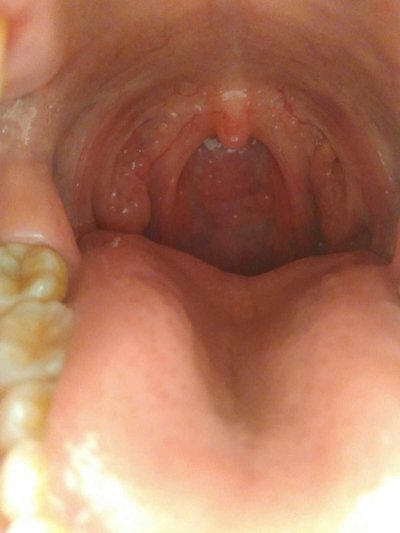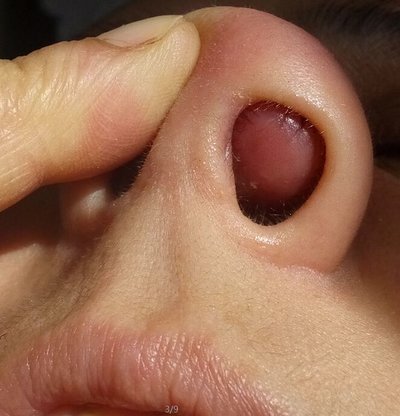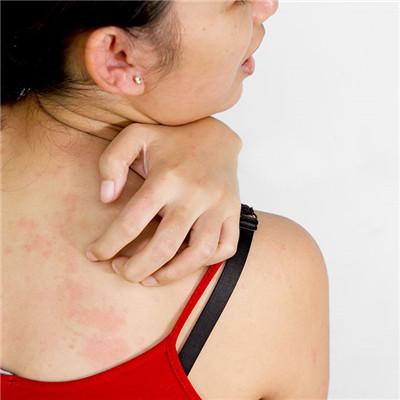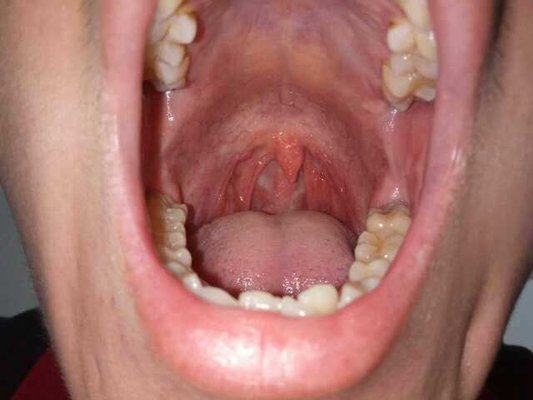Symptoms of Hodgkin's disease
summary
Hodgkin's disease (Hodgkin's disease) is a chronic, progressive and painless primary malignant tumor in lymph nodes and extranodal lymph tissues. The primary tumor is mainly distributed in a centrifugal manner, originating from one or a group of lymph nodes, most of which are primary in cervical lymph nodes. It gradually spreads to adjacent lymph nodes, and then invades the spleen, liver, liver and liver Bone marrow and lung tissue. Due to the different location of the disease, its clinical manifestations are various. Before the age of 5, there was little morbidity, and after 5 years of age, the incidence rate increased significantly, and the incidence of puberty increased significantly at 15~34 years old. The incidence of male was more than female.
Symptoms of Hodgkin's disease
Most of the earliest manifestations are painless progressive swelling of superficial lymph nodes, often lack of systemic symptoms and slow progress. About 60% of the primary lymph nodes were located in cervical lymph nodes, and the primary lymph nodes in supraclavicular, axillary and inguinal lymph nodes were rare. At the beginning, the lymph nodes were soft, non adhesion and no tenderness.

In the later stage, it increased rapidly and could be adhered into a huge mass. It is characterized by no inflammation in adjacent tissues, which can not be used to explain the cause of lymphadenopathy. Enlarged lymph nodes can cause local compression symptoms, such as mediastinal lymph nodes swelling compression tracheobronchial, causing dry cough. Abdominal pain without cause can be caused by enlargement of retroperitoneal lymph nodes.

The systemic symptoms may be low fever or characteristic regression fever type, that is, after a few days of high fever, there may be a few days or weeks of non fever period (pel Ebstein fever). Loss of appetite, nausea, night sweats and weight loss are common symptoms, which often do not appear when the focus is limited. Pruritus is a common symptom in adults, which is rare in children, and even does not appear when the whole body is invaded by extensive organs.

matters needing attention
Hodgkin's disease itself or chemotherapy can lead to low cellular immune function. This kind of disease is prone to secondary infection. About one third of the children have herpes zoster, which can spread and invade lung tissue. Cryptococcus, histoplasmosis, Candida albicans and other fungal infections are also common complications, and the lesions are more extensive.
















